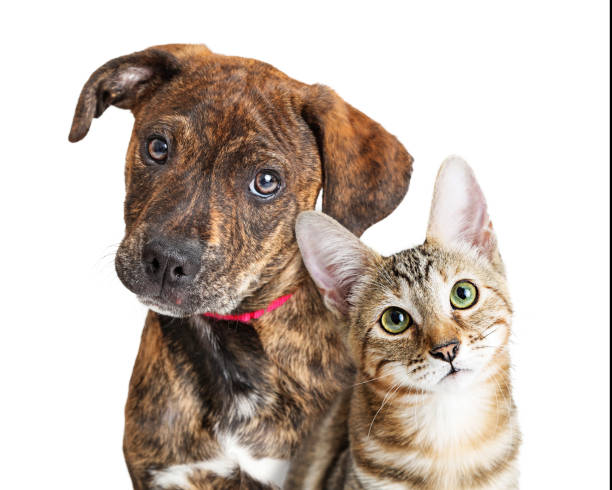Aromatic vs. Odorless Cat Litter: What's Best for Your Feline?
Aromatic vs. Odorless Cat Litter: What's Best for Your Feline?
Blog Article

Selecting the ideal cat litter for your feline pal can be an overwhelming job offered the myriad of alternatives readily available on the marketplace. This thorough guide will dive into the numerous kinds of cat litter, their benefits, drawbacks, and whatever in between to assist you make a notified decision.
The material of the cat litter plays a vital function in its effectiveness. Typical products include clay, silica gel, recycled paper, wood, corn, wheat, and walnut shells. Each material uses unique benefits and possible disadvantages.
Clay-based litters are the most traditional and widely utilized due to their high absorbency and clumping capabilities, which make clean-up simpler. However, they can be dirty and might not be the very best option for felines or people with breathing problems. Silica gel crystals are highly absorbent, control smells effectively, and are low upkeep since they don't require to be changed as regularly. Nevertheless, they can be more expensive and some felines may not like the texture. Biodegradable litters, made from recycled paper, wood, corn, wheat, and walnut shells, are environment-friendly choices. They are generally dust-free and great for felines with allergies, however their odor control and clumping abilities vary extensively.
The choice in between clumping and non-clumping litter is significant. Clumping litter forms strong masses when wet, making it easy to scoop out urine and feces, therefore maintaining a tidy litter box. Non-clumping litter takes in moisture however does not form clumps, which may result in more frequent changes of the whole litter box.
Odor control is a leading concern for many feline owners. Litters are often infused with baking soda or charcoal to reduce the effects of odors. Preserving a fresh litter box likewise needs regular scooping, preferably two times a day, and following the manufacturer's standards for changing the litter and cleaning up the box.
The health of your feline and the ecological effect of the litter are also self cleaning cat litter box crucial factors. Dust-free or low-dust choices are much better for respiratory health. Naturally degradable litters offer an environmentally friendly option to clay, which is strip-mined and not renewable. Furthermore, it's vital to be familiar with any allergic reactions your cat litter box enclosure feline may have to particular materials.
Cost is a vital factor to consider, as the price of cat litter can vary substantially. While silica gel and some biodegradable litters may be more costly in advance, their longevity can offer savings in the long run. Alternatively, clay litter is typically cheaper but needs more regular replacement.
Eventually, the very best cat litter is one that matches both your and your feline's choices and needs. It may take some trial and error to discover the best match. Take note of your feline's habits and convenience, along with the litter's performance in terms of odor control, absorbency, and maintenance.
Selecting the best cat litter contributes substantially to your feline's health, joy, and the tidiness of your home. By considering the material, clumping ability, odor control, health impacts, environmental impacts, and cost, you can make an informed decision that benefits both you and your furry buddy. Keep in mind, what works finest for one cat litter robot feline might not suit another, so be willing to experiment until you find the ideal service.